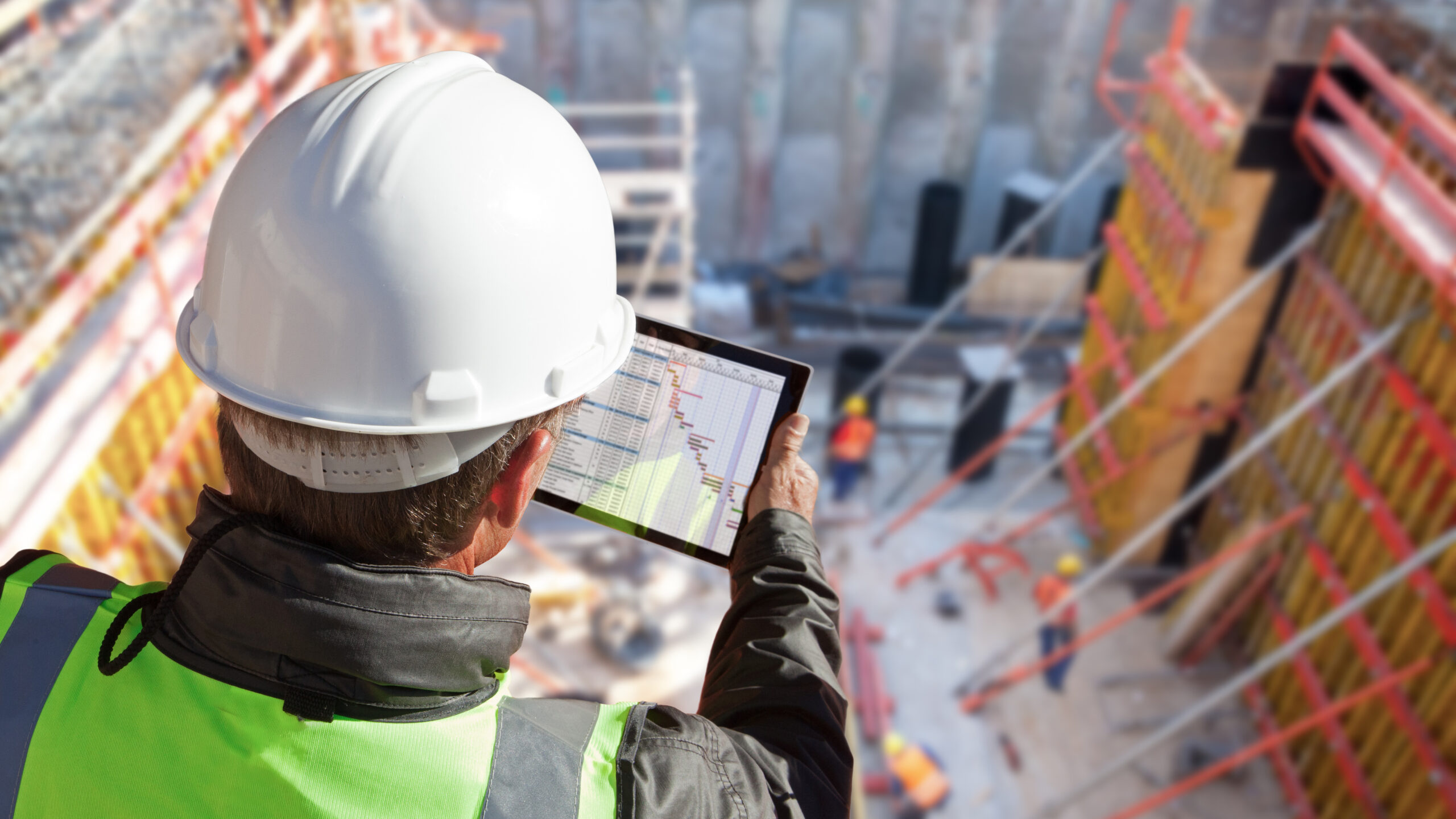Why EVSEs will offer a new revenue stream for the construction industry.
Electric vehicle supply equipment (EVSE) installations will offer a new revenue stream for the electrical construction industry, but electrical contractors need to first see if the local power distribution system can support the significant new electrical load.
Electric vehicles (EVs) and the business opportunities they represent for electrical contractors may seem like a relatively new revolution. But Mike Johnston, NECA executive director of codes and standards, has been working with National Electrical Code (NEC) committees and other electrical entities with interests in electrical standards to build the regulatory framework for EVSE installations for more than a decade.
In his NECA 2022 Conference session, “Electric Vehicle Charging Essentials,” Johnston offered a full room of attendees a solid overview of many of the key issues they will face as they venture into EVSE installations. Johnston said a critical step in evaluating a potential installation is a thorough review of the existing electrical system by not only the electrical contractor but also the electrical inspector or authority having jurisdiction (AHJ) and the local utility to evaluate if the existing electrical system can handle the additional load of an EVSE. In many cases, Johnston said it’s good practice to install the EVSE on its own branch circuit so the electrical system can safely handle the additional load.
The amount of additional electricity required for all of the EVs expected to hit the road in the next few years and the impact this new demand will have on the electrical grid is mind-boggling, and Johnston said the current grid isn’t yet ready for it. He gave the example of the utility equipment in his own neighborhood and said that if three or four neighbors installed EVSE equipment, the existing 25kVA pad-mounted transformer there would have to be replaced and upgraded to handle the additional load.
In addition to the potential new business in residential installations, Johnston said electrical contractors will be involved not only with high-speed chargers on interstate highways but also with the charging systems that will be part of microgrids that are integrated with backup energy storage systems.
A challenge that will be an issue in virtually all installations will be the need for bi-directional power capabilities so homeowners and businesses of EVSE systems can sell their excess power backto their local utilities or use it as a backup power supply during power outages and other times they need additional power they are storing on-site.




